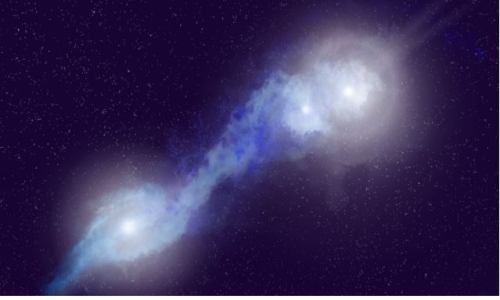


 3:32:5
3:32:5  2024-12-10
2024-12-10  846
846

Edge computing is closely associated with the concepts of cloud computing and fog computing. Although there is some overlap between these concepts, they aren't the same thing, and generally shouldn't be used interchangeably. It's helpful to compare the concepts and understand their differences.
One of the easiest ways to understand the difference between edge, cloud and fog computing is to highlight their common theme: All three concepts relate to distributed computing and focus on the physical deployment of compute and storage resources in relation to the data that is being produced. The difference is a matter of where those resources are located.
Edge. Edge computing is the deployment of computing and storage resources at the location where data is produced. This ideally puts compute and storage at the same point as the data source at the network edge. For example, a small enclosure with several servers and some storage might be installed atop a wind turbine to collect and process data produced by sensors within the turbine itself. As another example, a railway station might place a modest amount of compute and storage within the station to collect and process myriad track and rail traffic sensor data. The results of any such processing can then be sent back to another data center for human review, archiving and to be merged with other data results for broader analytics.
Cloud. Cloud computing is a huge, highly scalable deployment of compute and storage resources at one of several distributed global locations (regions). Cloud providers also incorporate an assortment of pre-packaged services for IoT operations, making the cloud a preferred centralized platform for IoT deployments. But even though cloud computing offers far more than enough resources and services to tackle complex analytics, the closest regional cloud facility can still be hundreds of miles from the point where data is collected, and connections rely on the same temperamental internet connectivity that supports traditional data centers. In practice, cloud computing is an alternative -- or sometimes a complement -- to traditional data centers. The cloud can get centralized computing much closer to a data source, but not at the network edge.
Fog. But the choice of compute and storage deployment isn't limited to the cloud or the edge. A cloud data center might be too far away, but the edge deployment might simply be too resource-limited, or physically scattered or distributed, to make strict edge computing practical. In this case, the notion of fog computing can help. Fog computing typically takes a step back and puts compute and storage resources "within" the data, but not necessarily "at" the data.
Fog computing environments can produce bewildering amounts of sensor or IoT data generated across expansive physical areas that are just too large to define an edge. Examples include smart buildings, smart cities or even smart utility grids. Consider a smart city where data can be used to track, analyze and optimize the public transit system, municipal utilities, city services and guide long-term urban planning. A single edge deployment simply isn't enough to handle such a load, so fog computing can operate a series of fog node deployments within the scope of the environment to collect, process and analyze data.
Reality Of Islam |
|

Some 1.2 bi

A tiny robo

By applying
 9:3:43
9:3:43
 2018-11-05
2018-11-05
10 benefits of Marriage in Islam
 7:5:22
7:5:22
 2019-04-08
2019-04-08
benefits of reciting surat yunus, hud &
 9:45:7
9:45:7
 2018-12-24
2018-12-24
advantages & disadvantages of divorce
 11:35:12
11:35:12
 2018-06-10
2018-06-10
 6:0:51
6:0:51
 2018-10-16
2018-10-16
 8:21:9
8:21:9
 2018-06-21
2018-06-21
 2:13:43
2:13:43
 2022-05-27
2022-05-27
 7:26:19
7:26:19
 2022-04-08
2022-04-08
 9:39:36
9:39:36
 2022-12-28
2022-12-28
 2:11:12
2:11:12
 2022-10-15
2022-10-15
 8:15:37
8:15:37
 2023-02-16
2023-02-16
 8:19:41
8:19:41
 2018-06-21
2018-06-21
 5:41:46
5:41:46
 2023-03-18
2023-03-18
| LATEST |